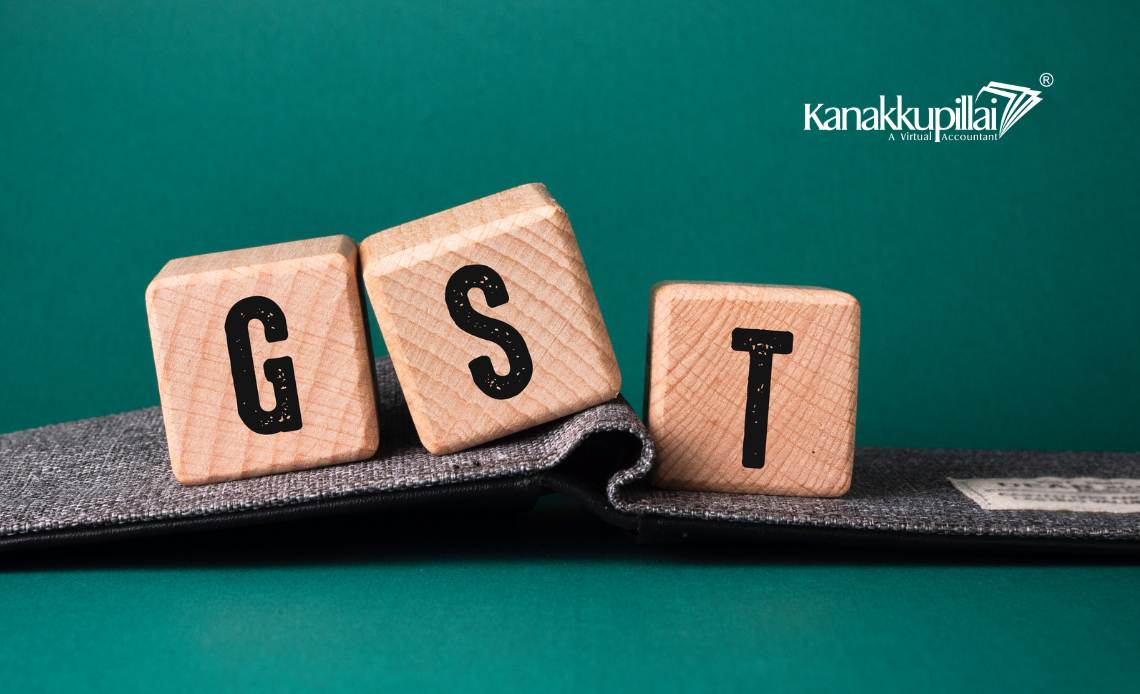In this article, we will look into physical verification in GST registration for all entrepreneurs and business owners in India. The GST regime lays a lot of emphasis on registration, and the government has come out with a lot of measures to ensure that fraudulent registrations do not happen. One among these checks, physical verification of business premises, holds a key role.
The following blog will discuss all aspects of the physical verification process for GST registration, including the legal backing, reasons for initiation, procedural details, and tips for a smooth verification experience. If you’re preparing to set up a business or have received a verification notice, this guide can help you get prepared.
What is Physical Verification under GST?
Physical Verification under GST means the qualified officer visits the premises of GSTN and confirms the authenticity of premises sought in the application. This step is taken when the authorities believe there have been discrepancies or if the applicant fails to complete the Aadhaar authentication process.
The verification processes to confirm that the business address is valid, the business activity is genuine and that the applicant is indeed working from the declared place of business. It is a deterrent against fake entities availing fake Input Tax Credit (ITC).
Legal Basis for Physical Verification
The process for physical verification of a business premise is elaborated in the Central Goods and Services Tax (CGST) Rules. As per this rule, if the proper officer is not satisfied with the documents or details provided during the registration process or if the authentication with Aadhaar fails or is not opted for, the proper officer can undertake physical verification.
The verification is to be conducted by the GST officer, and the verification report in GST REG-30, along with photos and additional documents, needs to be uploaded by the officer within 15 working days of the verification.
When Does Physical Verification Need to be Advised?
The circumstances in which the GST authorities may initiate physical verification are:
- Non-Aadhaar authentication: In case the applicant has not undergone authentication using Aadhaar, or is unable to complete the process of Aadhaar authentication.
- Evincing suspicion of discrepancies: If the officer has a reason to suspect any misrepresentation of facts, such as a fake address or a shell entity.
- High-risk profile: The Goods and Services Tax (GST) portal may flag some applicants based on their risk profile, subjecting them to higher levels of scrutiny, such as physical verification as well.
- Reinstatement of cancelled registration: It is allowed to perform the physical verification in case of a taxpayer with a previously cancelled GST registration requesting revocation.
Process of Physical Verification
Here, physical verification involves a systematic approach and procedural steps to maintain
- Notice of verification: Even if the GST officer gives a prior notice, it may/may not be received at the correct address. More commonly, the visit is intended to verify that the business actually exists at that address as stated.
- Site visit by officer: The appointed GST officer visits the principal place of business and might inspect the premises, boards, stock, books of accounts, the presence of staff, and any machinery or infrastructure related to business activity.
- GST REG–30: The officer shall prepare a verification report in Form GST REG-30 and upload the same on the GST portal. Include photographs and documentation to support your report, whether it is to confirm or dispute the existence of a legitimate business.
- Further action: On the basis of the report, the GST officer can approve the registration, ask for further documents or reject the application for registration.
Verify During the Physical Verification
Below are some things the officer may ask for and look through during the visit:
- Will require a copy of the rent agreement or property ownership document
- Business name utility bills (electric, water, etc.)
- Business signboard at the location
- Additional info on business activities
- Stock records and invoices
- It could include the Book of accounts and GST invoices (if applicable)
- Staff presence or machinery running (depending on nature of the business)
Problem of Applicants
Many applicants are impeded at the time of physical verification due to a lack of proper preparation or relevant documents. Common issues include:
- Wrong address: If the address written in the application is not the real address, it can lead to rejection.
- No Signboard: No signage or piece of colored board is considered a place of genuine business operation.
- For service-based businesses or virtual office: if physical infrastructure does not exist, it raises alarm bells unless supported and explained with documents.
- Authorized signatory/unavailability of applicant: If the applicant is unavailable during the visit, it can lead to process delays.
Verification of Physical Verification: How to Prepare
Preparing ahead can make this process much smoother and lower the odds of a registration being rejected. Here are some useful tips:
- Always let your rent agreement or proof of ownership be readily available and updated.
- Make sure to have a prominent nameplate or business board.
- Accounting such as inventory logs, books of accounts, a laptop/work desk (for service professionals).
- Let your landlord or office manager know of possible visits.
- Keep contact numbers working, especially the one given in the GST application must be reachable.
What Happens After Verification?
After the physical verification is done, the GST officer uploads the verification report. A satisfactory report entitles an applicant to grant approval for examination, and a GSTIN (GST Identification Number) is awarded. In case the officer finds irregularities, either the application might get rejected, or a notice could be sent, asking for clarification.
Applicants may be presented with an opportunity to respond one last time to explain themselves and submit further documentation to support their business operation as legitimate.
Is Physical Verification Necessary for Everyone?
No, every applicant will not need physical verification. The majority of registrations are online and are approved via Aadhaar authentication. However, clients who do not have Aadhaar authentication or those who fall into high-risk profiles are most likely to be followed up on.
Conclusion
To eliminate fake registrations, physical verification has been integrated into the GST process. Sounds intimidating, but with good documentation and basic preparation, it should be relatively smooth sailing here. GST registration should not be taken lightly by employers as any untimely, mismatched, or erroneous data can severely impact operations and cause legal distress. Physical verification’s rules, reasons and procedure must be understood by businesses so that they do not face undue delays and remain tax compliant peacefully.
Related Services





